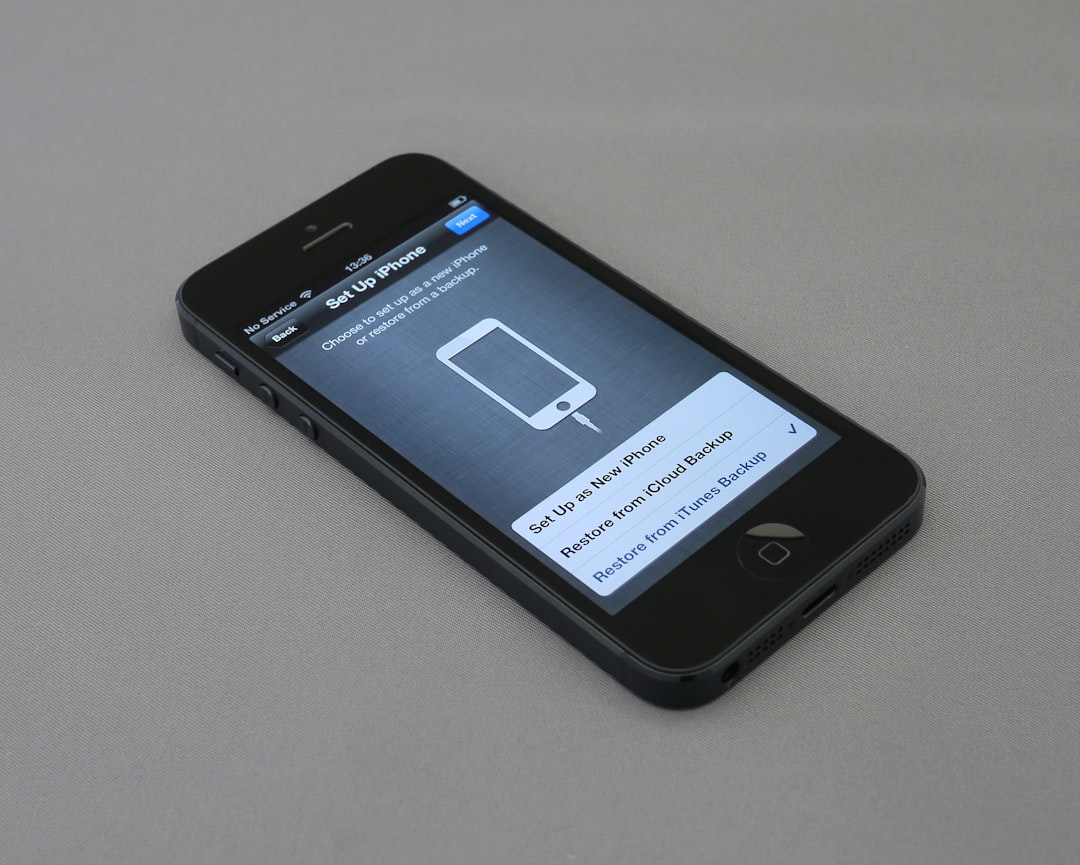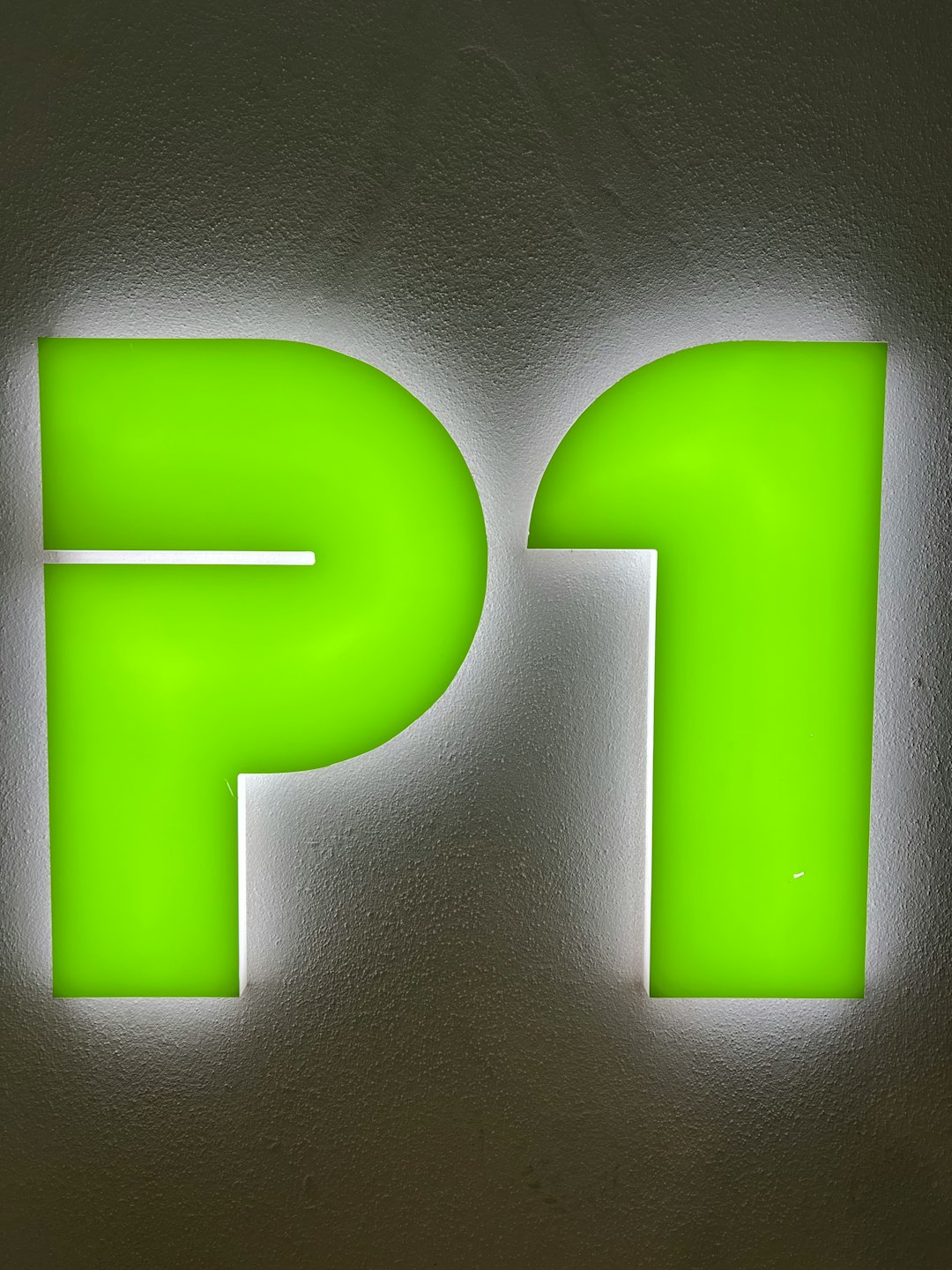Table of Contents
Creating a custom homebrew application for the PlayStation Portable (PSP) is both a challenging and rewarding project for developers interested in handheld game programming. Originally launched in 2005, the PSP has grown into a beloved platform for amateur developers due to its open hardware architecture and robust homebrew community. Whether it’s a simple calculator or a full-fledged RPG, building your own application gives a unique appreciation for portable game development.
This guide aims to walk through the process of making a custom PSP homebrew app using C/C++, providing insights into the SDK setup, development environment, programming considerations, and testing. Though it assumes some familiarity with programming, enthusiasts and hobbyists of all levels can benefit by following step-by-step instructions and useful tips.
What is Homebrew on PSP?
Homebrew refers to software created by hobbyist developers for proprietary consoles that are not intended for user development. In the case of the PSP, homebrew apps can include games, emulators, media players, tools, and more. These apps are run through a modded or custom firmware that allows execution of unsigned code.
Homebrew became especially popular on the PSP due to its open memory architecture and Sony’s widespread use of Memory Stick Duo cards for file transfers, making it relatively easy to experiment.
Setting Up the Development Environment
Before you begin writing code, there are a few tools you need to set up. PSP homebrew development is primarily done using the PSPSDK (PSP Software Development Kit), which offers the basic libraries and configurations necessary to build PSP-compatible applications.
Requirements:
- PC running Linux, macOS, or Windows (with WSL or Cygwin)
- PSPSDK (available on GitHub)
- A PSP with custom firmware installed (Firmware 6.60 PRO-C is widely used)
- USB cable and Memory Stick for file transfer
- Basic knowledge of C or C++ programming
To install PSPSDK on a Unix-like system:
git clone https://github.com/pspdev/pspsdk
cd pspsdk
./bootstrap
./configure --prefix=/usr/local/pspdev
make
sudo make installMake sure you also download the required toolchain (GCC for PSP), which compiles your C/C++ code into an ELF binary that the PSP can execute. Instructions for the full toolchain setup are usually bundled with the SDK’s README file.

Creating Your First Homebrew App
Once the environment is set up, it’s time to program a simple “Hello World” application to verify everything works. Here is a basic C program that displays text on the PSP screen.
#include <pspkernel.h>
#include <pspdebug.h>
PSP_MODULE_INFO("HelloWorld", 0, 1, 0);
int main(void) {
pspDebugScreenInit();
pspDebugScreenPrintf("Hello from PSP Homebrew!");
sceKernelSleepThread();
return 0;
}Compile the code using the makefile system provided in the PSPSDK templates. After successful compilation, you’ll get a directory with an EBOOT.PBP file, which is the PSP executable. Copy this file into the appropriate PSP directory:
/PSP/GAME/YOUR_APP_NAME/EBOOT.PBPNow open your PSP, go to the Game menu, and launch your new app from the Memory Stick.
Design Considerations
Developing a basic app is straightforward, but designing a polished utility or game requires planning. Here are some important design considerations:
- User Interface: Use PSP’s GUI drawing capabilities via GU (Graphics Utility) or libraries like SDL (Simple DirectMedia Layer)
- Performance: The PSP’s CPU is clocked at 333 MHz with limited RAM. Optimize your code for memory and CPU usage.
- Battery Life: Consider energy use, especially in background threads or constant loops
- Storage: Use the Memory Stick wisely. Avoid unnecessary reads/writes and keep app size small

Adding Graphics and Sound
Basic applications can be text-only, but adding graphics and sound creates a much more engaging experience. You can use libraries like:
- GU: Sony’s embedded low-level graphics system optimized for PSP’s hardware
- SDL for PSP: Cross-platform graphics and audio library ported to PSP
- pspAudio: For playing audio files like MP3s and WAVs
You’ll need to work with raw bitmap data or use texture management for graphics. Sounds can be added using buffer streaming to play audio in the background while your app is running.
Debugging and Testing
Debugging on the PSP is not as straightforward as on a traditional PC. However, PSPSDK provides several utilities:
- pspDebugScreenPrintf() – Outputs log-style messages directly to the screen
- Remote Joy – Allows video mirroring to PC for remote debugging
- PSPLink – Provides shell access to the console from your development PC
Always test your code on both emulators (like PPSSPP) and actual hardware, as some APIs behave differently depending on the environment.
Distributing Your App
Distribute your homebrew by packaging it properly into the required folder structure. Additional assets like images or sounds need to go with the executable:
/PSP/GAME/MYAPP/
├── EBOOT.PBP
├── images/
│ └── splash.png
└── sounds/
└── theme.mp3Compress this folder into a ZIP file and share it on popular PSP forums, Reddit, or homebrew websites. Make sure to include a readme file detailing version info and instructions.
Tips and Best Practices
- Use memory management techniques to prevent leaks or crashes
- Stay within PSP’s screen resolution (480×272)
- Test battery life impacts if your app runs long or uses peripherals
- Avoid using copyrighted content like ROMs, music, or images
- Join development communities to get help, share progress, and contribute libraries
Conclusion
Developing a custom PSP homebrew application opens opportunities to learn console development, graphics handling, and user interface design in a constrained environment. Even as technology moves forward, the PSP remains a favorite platform for experimentation and hobbyist development. With the right tools and an idea in mind, any developer can dive into PSP homebrew and leave a unique mark on this classic handheld console.
Frequently Asked Questions
- Q: Can I develop PSP homebrew apps on Windows?
- Yes, but it typically requires using a Unix-like environment via tools like WSL (Windows Subsystem for Linux) or Cygwin. Many developers prefer Linux for better compatibility.
- Q: Is it legal to develop PSP homebrew apps?
- Creating and distributing your own software is legal. However, modifying the PSP firmware to run unsigned code may void warranties or violate Sony’s terms of service.
- Q: What programming languages can I use?
- C and C++ are standard for PSP homebrew development. While there are Lua interpreters for PSP, serious apps usually rely on compiled C/C++ code for performance.
- Q: Can I use emulators like PPSSPP to test my app?
- Yes, PPSSPP is excellent for initial testing, but always verify on real hardware, since some PSP-specific APIs may behave differently in an emulator.
- Q: How do I add a GUI to my PSP application?
- You can use SDL for simple GUI components or write your own drawing functions using GU. Some libraries like OSLib and intraFont help render fonts and UI elements.

